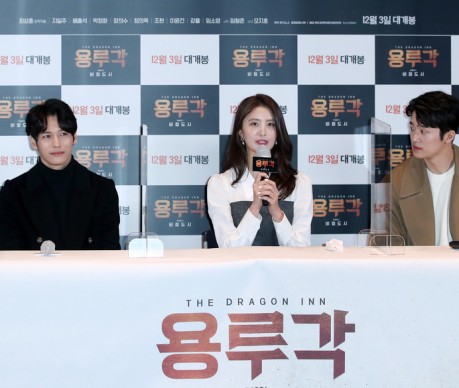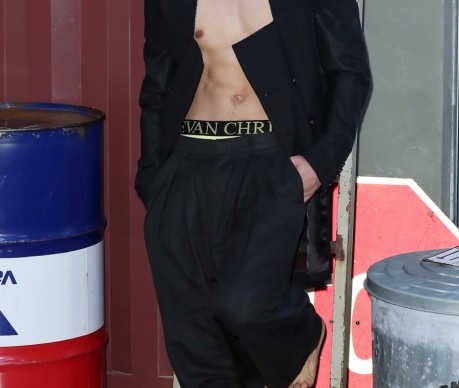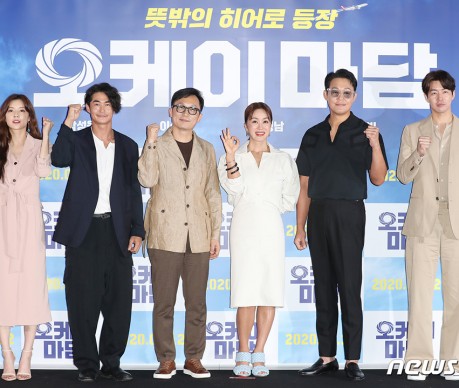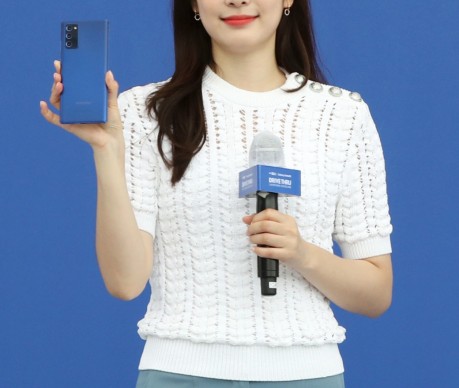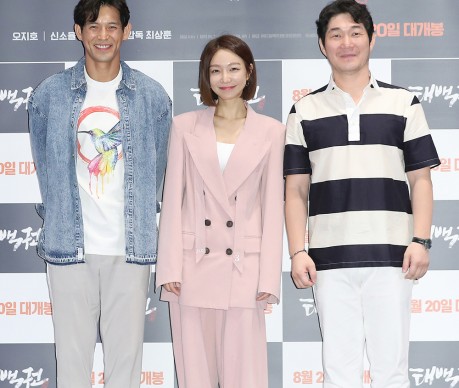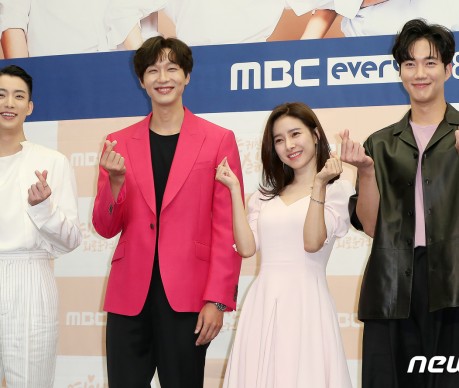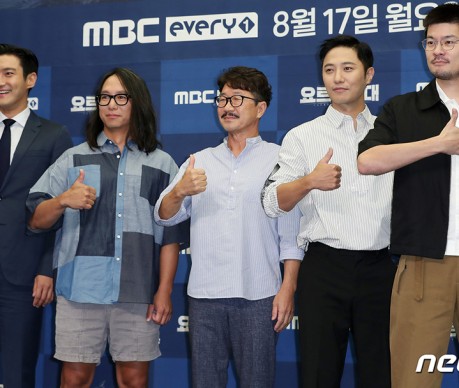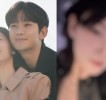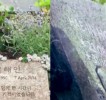"The King: Eternal Monarch" Criticized For Using Japanese-Style Temple in Opening Credits
Newly-released SBS drama "The King: Eternal Monarch" caught plagiarism controversy for allegedly using a Japanese-style temple in ints opening credits.
The much-anticipated fantasy-romance series, starring Lee Min Ho and Kim Go Eun, premiered last April 17 and attained record-breaking ratings for its timeslot on the network. It has now aired two episodes.
The story of this drama presents two parallel universes: one having a democratic ruling similar to modern-day Korea as we all know it, and the other one is an alternative universe wherein Korea is an empire governed by one ruler, which is a monarch. Lee Min Ho portrays the character of Emperor Lee Gon, and Kim Go Eun is detective Jung Tae Eul. They are set to team up to close the entry point between two worlds and protect the people they love the most.
Despite the evident success, the drama is already under fire for a controversy that flared up online following its first episode. People noticed that the fictional world of the Korean Empire, illustrated in title video for the show, seemed to have used the images of buildings that are quite the same as the Japanese temples.
On April 20, an internet community forum post pinpointed that a particular building that was seen in the opening scene of the drama is quite similar to the Tōdai-ji, which is one of the seven most influential Buddhist temples in Nara. Thus, the series resulted in criticisms from the online community.
Some of the netizens consider it a bit offensive that a Japanese building is being used in a scene that was supposed to represent the Korean Daehan empire. Plus, it was also seen that the Korean royal emblem was covered with CGI-created cherry blossoms, considering that the drama is about two worlds that also and highlights ancient Korean society. Some viewers also noticed the similarities between the Imperial Seal for the fictional Korean Empire and the real Imperial Seal of Japan.
Dismayed viewers commented:
"I know it's a drama or movie, but if you're going to make a work on ancient Korea, shouldn't you do your assignment in historical research to produce this?"
"I'm not going to watch it ever."
"Is that how far your imagination can go..."
"What is this? This isn't even a story about Japanese occupation."
This issue goes beyond the concern of plagiarism since both countries, Korea and Japan, have a long history of historical disputes starting from at least the seventh century. Fast forward to the modern day, there are some sentiments about Korea that are often tied to Japan, such as making the country its imperial colony way back 1910, which sparked up for more issues like Japan's use of Koreans as forced laborers and "comfort women" during the World War II.
The visible depictions of even a fictional Korean history that appear to have been influenced by Japanese tradition has, therefore, become a controversy.
